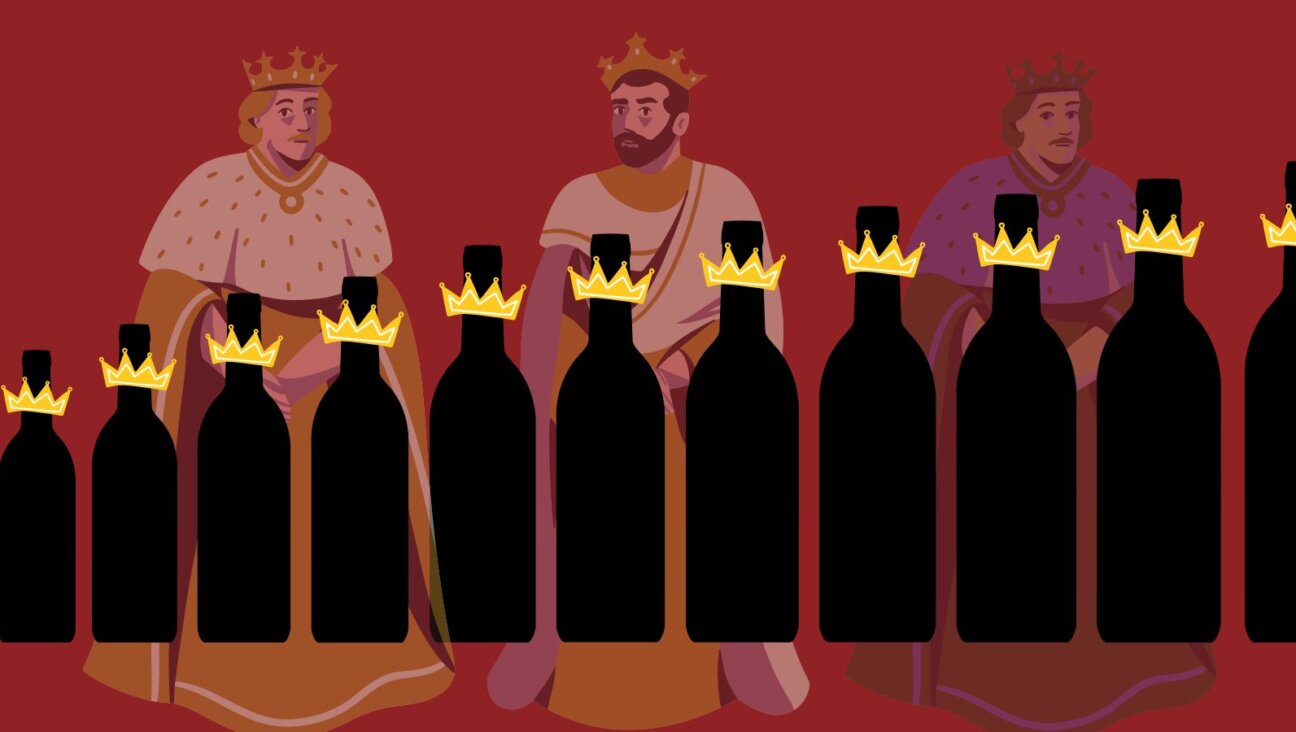Bible Wars
Now that Christmas has come and gone, we’re apt to think that pitched discussions about religion in the public square (all those crèches and Christmas trees and menorahs and overwrought television commentators like you-know-who) are a seasonal affair. But if history teaches anything, it’s that these discussions are always with us. I’d even go a step further and say they are endemic to modern American culture. Take, for instance, the so-called Cincinnati Bible War of 1869-70 in which the local public school board’s decision to prohibit “whatever savored of religion” — the daily reading of the Bible, say, or the singing of Protestant hymns or the recitation of the Lord’s Prayer — resulted in a brouhaha of immense proportions, so immense, in fact, that it made its way from one end of the judicial system to another, ending up in the Ohio Supreme Court.
As the work of Brooklyn College professor Stephan Brumberg and University of Notre Dame professor Linda Przybyszewski makes vibrantly clear, much was at stake when it came to what was — and was not — taught in the public schools in Ohio in the years following the Civil War. Or, as one contemporary observer put it, writing in the Princeton Review of 1870, this was an issue that “stir[red] the American mind as nothing else has since the bombardment of Sumter.”
Things started innocently enough. In 1869, in an effort to accommodate the needs of the growing Catholic population of the “Queen City of the West,” the local school board resolved to ban the reading of the Bible in all classrooms so as to “allow the children of the parents of all sects and opinions, in matters of faith and worship, to enjoy alike the benefit of the Common School Fund.”
No sooner did the board unveil its proposal than Cincinnati’s Protestant community was up in arms. From where its members sat, banning the Bible from the schoolhouse — an “outrageous and damnable” idea, they called it — was little more than a Catholic or “Romanist” attempt to foist its unsavory views on the Protestant citizenry of Cincinnati. Tempers flared and, in short order, all hell broke loose as residents in both camps took to the streets and the courts and to Pike’s Music Hall to make known their opinions.
Those roundly in favor of religion in the schools believed it was simply a matter of principle. By their lights, the public school, the fulcrum of America’s moral order, was based on Christian principles, through and through — Protestant Christian principles, that is. Accordingly, “to de-religionize” the curriculum was tantamount to “de-Christianizing” the schools and to “lower[ing] the flag of Christianity in the face of our children,” a prospect that simply could not be countenanced.
And that was just the half of it. Proponents of religious education went even further still, insisting that retaining the Bible was as much a matter of precedent as of principle. For if one group was permitted to have its way and do away with the Bible, what was to prevent others from having their way and wreaking even greater havoc with America’s great institutions? “The attempt to please Mormons, Chinese, Jews, idolaters, atheists and infidels is out of the question,” they argued. “It would… destroy the schools.”
Though the Cincinnati Bible War pitted Protestants against Catholics, Cincinnati’s Jews, willy-nilly, were caught in the fray. They, too, threatened the moral order, if only by the company they kept. “No, the Israelites did not invoke this action,” conceded W.M. Ramsey, an advocate for the pro-Bible forces, in his address before the bar, an address well worth quoting from at length for its not-so-subtle attempt to put the Jews in their place. All the same, “if I believed that they had done so, I would, in the kindliest spirit, remind them that there are countries in the world with laws in force to this day, limiting the length of the period during which one of their race may remain within their borders… I would point them to their elegant warehouses, to their palatial homes, their costly and magnificent temples… and I would ask them if, after all, there was not religious as well as civil liberty in this country.” Ramsey’s smarmy remarks put the Jews on notice, suggesting they’d be well advised to keep a low profile — or no profile — when it came to taking a position.
Meanwhile, those on the opposite side of the issue were no less fierce in their resolve to keep the public school free of religion. It wasn’t that they were anti-religious. Rather, they believed that religion belonged in church, not in public school. To make that claim, the anti-Bible camp, as it became known, drew on a number of different arguments, some grounded in sociology and others in the law. The act of reading the Bible in school was, by definition, a sectarian act, insisted J.B. Stallo in his defense of the school board. There were no ifs, ands or buts about it. “The teachers in our public schools, by whom or under whose direction the Bible is read, are not abstract, non-denominational Christians; they are or may be, some or all of them, Lutherans, Presbyterians, Methodists, Baptists, Trinitarians, Unitarians, etc. Each one has his religious bias, of which he will find it difficult to divest himself when he comes to read the Bible.”
In an even more inspired section of his brief, Stallo also took vigorous exception to the strongly held idea that the United States was a Christian country, labeling it an “assertion pregnant with the most serious consequences.” That assertion would “do violence to the spirit of our liberties, no less than the words of our Constitution, by deciding that Christianity — Protestant Christianity — being the law of the State, the rights of Jews, Catholics and freethinkers need not be considered,” he affirmed, articulating a most modern view of the state and its relationship to religion.
Both sides sought relief — and clarity — from the courts, generating hundreds of pages of legal argument in the process. Ultimately, the Ohio Supreme Court ruled unanimously in favor of the school board, arguing in 1873 that the Constitution of Ohio did “not enjoin or require religious instruction or the reading of religious books in the public schools.”
Pleasing to some and disheartening to others, the court’s decision only temporarily resolved the issue. More than a century later, we are continually reminded that the public square — and the moral geography that sustains it — is a very volatile place, indeed.

I hope you appreciated this article. Before you go, I’d like to ask you to please support the Forward’s award-winning journalism this Passover.
In this age of misinformation, our work is needed like never before. We report on the news that matters most to American Jews, driven by truth, not ideology.
At a time when newsrooms are closing or cutting back, the Forward has removed its paywall. That means for the first time in our 126-year history, Forward journalism is free to everyone, everywhere. With an ongoing war, rising antisemitism, and a flood of disinformation that may affect the upcoming election, we believe that free and open access to Jewish journalism is imperative.
Readers like you make it all possible. Right now, we’re in the middle of our Passover Pledge Drive and we need 500 people to step up and make a gift to sustain our trustworthy, independent journalism.
Make a gift of any size and become a Forward member today. You’ll support our mission to tell the American Jewish story fully and fairly.
— Rachel Fishman Feddersen, Publisher and CEO
Join our mission to tell the Jewish story fully and fairly.
Our Goal: 500 gifts during our Passover Pledge Drive!























